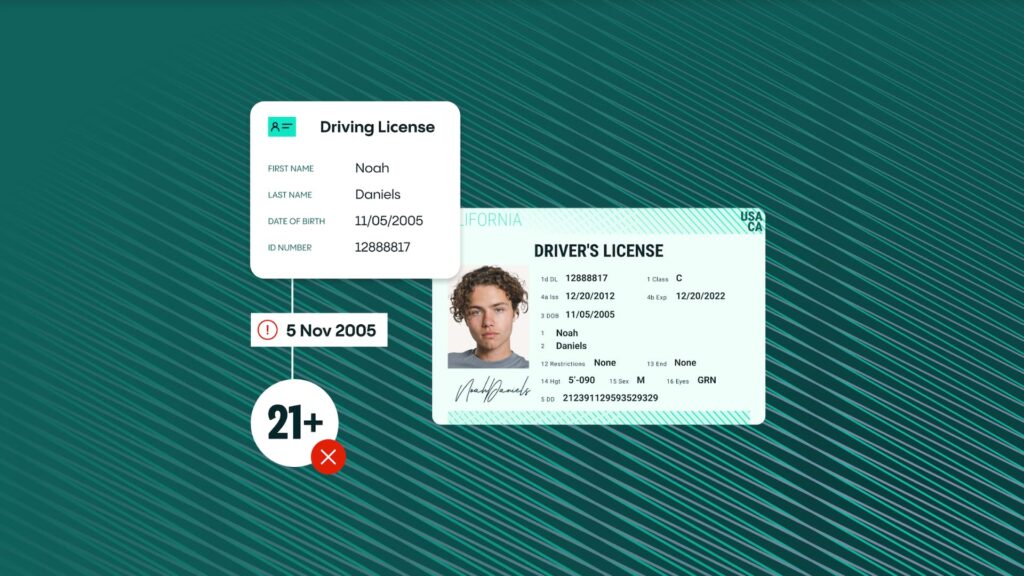Age verification policies play a critical role in various industries, ensuring compliance with legal regulations and protecting minors from accessing age-restricted content or services. However, the prevalence of counterfeit identification poses significant challenges to these policies. Sophisticated fake identification templates enable individuals to misrepresent their age, bypassing restrictions and potentially exposing themselves and others to harm.
The Threat of Counterfeit Identification
Counterfeit identification poses a pervasive threat to age verification policies, as individuals can easily obtain fake IDs that mimic genuine documents. Whether for purchasing alcohol, accessing adult content online, or gaining entry to restricted venues, counterfeit identification allows underage individuals to bypass restrictions. This not only compromises the safety and well-being of minors but also puts businesses at risk of non-compliance with legal regulations.
The Challenges Faced by Age-Regulated Industries
Industries with age-restricted policies, such as hospitality, online platforms, and retail, face significant challenges in ensuring effective identity confirmation. Fake identification templates have become increasingly sophisticated, making it difficult for frontline staff to distinguish between genuine and counterfeit documents. Without robust verification methods, businesses risk facing penalties for non-compliance and damage to their reputation.
The Importance of Training and Education
In combating the impact of fake identification on age verification policies, training and education are paramount. Businesses must invest in comprehensive training programs to equip staff with the knowledge and skills to identify potential fake IDs. Staff members should be aware of the latest forgery techniques and provided with appropriate tools to verify identification documents accurately.
Technology-Driven Solutions
Employing technology-driven solutions is a key strategy for bolstering age verification policies. Biometric authentication, for instance, uses unique physical characteristics like fingerprints or facial features to verify an individual’s identity. This advanced technology provides a more robust and accurate means of age confirmation, significantly reducing the likelihood of accepting counterfeit IDs.

Blockchain and Decentralized Verification
Blockchain technology offers a promising solution for identity verification policies. By storing verified information on a decentralized and tamper-proof network, businesses can access real-time data without directly handling sensitive information. This secure approach not only enhances age confirmation accuracy but also protects individuals’ privacy.
Multi-Factor Verification and Artificial Intelligence
Multi-factor verification, which combines different authentication methods, further strengthens age verification policies. Businesses can ensure a comprehensive and reliable age confirmation process by incorporating elements like:
- biometrics,
- document scanning,
- and facial recognition.
Additionally, artificial intelligence and machine learning algorithms can analyze patterns and detect inconsistencies in identification documents, improving detection rates of counterfeit IDs.

Leave a Reply